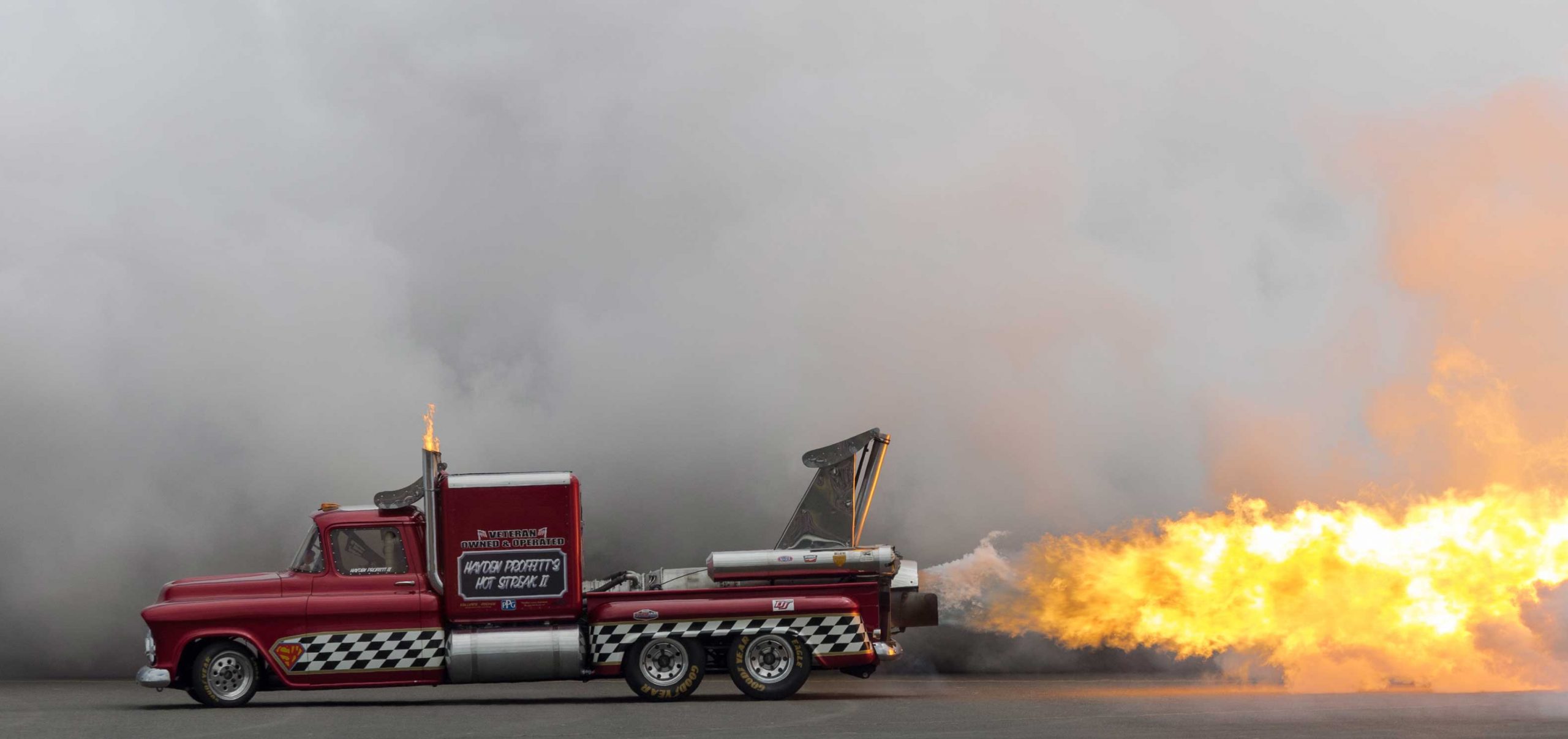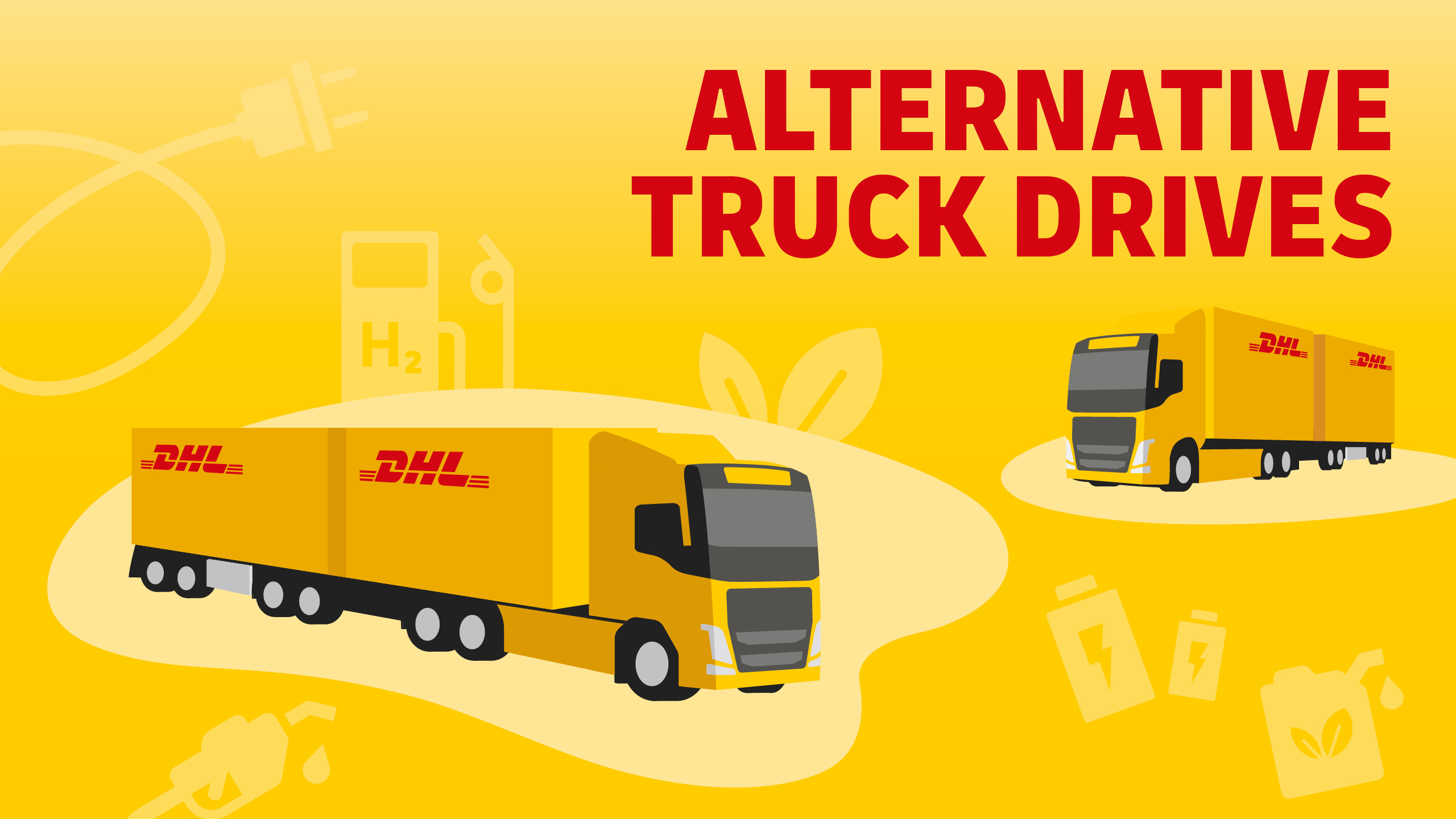
<!--[CDATA[
The DVZ driving style comparison shows: less is more. Whoever reduces the cruising speed only a little can save a significant amount over an entire year. Often it is the little things that make a difference. And not even experts will notice the difference between 82 km/h and 85 km/h. Yet this small difference can already save considerable costs when driving an articulated lorry. This was determined by the Deutsche Verkehrszeitung (DVZ) in a long-term test from mid 2015 to spring 2016 with different semitrailer in the 450 hp range. In particular, the editors examined the fuel consumption of a truck that consistently limited its cruising speed to 82 km/h. At the same time a vehicle with the same motorization was on the road with the maximum speed of 85 km/h. The result is clear. A daily mileage of 500 kilometers leads to a difference in operating costs of 1.5 cents per kilometer. This at first appears to be nothing spectacular, but does add up to a tidy sum over a complete year: The cost advantage provided by the somewhat unhurried driving style sums up to EUR 1,875.
Hardly any loss of time
But will these savings not be at the expense of journey time, i.e. will punctuality not suffer from the slower driving speed? The question that any critical dispatcher will immediately ask himself can be clearly answered: The time advantage achieved by faster driving is usually marginal. The DVZ’s comparison of driving styles shows that over a distance of 500 km fast drivers on average arrive at the destination merely three minutes before those travelling at a maximum of 82 km/h. At the same time the increased speed also causes additional costs of EUR 7.50 per day. The economic advantage is particularly evident when trucks travel along easy to medium sections of motorway. This is where the fuel savings can at times add up to eight per cent (see table). On difficult, i.e. steep sections of motorway, however, the difference is less pronounced. Which is logical: After all, all trucks have to drive at full throttle on steep ascents to even stay above 80 km/h.
Eco-friendly
Whatever lowers operating costs is at the same time also good for the environment. With a restrained driving style emissions are noticeably reduced. A four percent reduction in CO2 is reached by the 82 km/h limit compared to the 85 km/h limit.
Fuel consumption in liters per 100 kilometers
| Cruising speed 82 km/h | Cruising speed 85 km/h | Difference (%) | |
|---|---|---|---|
| Motorway total | 31.5 | 33.1 | 4.1 |
| Motorway easy | 23.0 | 24.9 | 8.1 |
| Motorway medium | 33.0 | 34.9 | 5.7 |
| Motorway difficult | 45.0 | 45.8 | 1.8 |
| Country road | 38.0 | 38.0 | 0.0 |
| Test total | 32.7 | 34.0 | 4.1 |
| CO2-emissions (payload-related, in g/km) | 34.5 | 35.9 | 4.1 |



